Businesses are familiar with the challenges of securing and handling data of credit cards, given the ongoing risk of cyber attacks and fraud targeting these payments. To address these concerns, the Security Standards Council (SSC) has implemented the PCI DSS, urging merchants to adhere to these standards for enhanced cardholder data protection and security.
Understanding and complying with PCI standards is crucial, as they play a vital role in securing credit card transactions and establishing a foundation for robust payment security. Today we will understand what is PCI Level 1 and its significance.
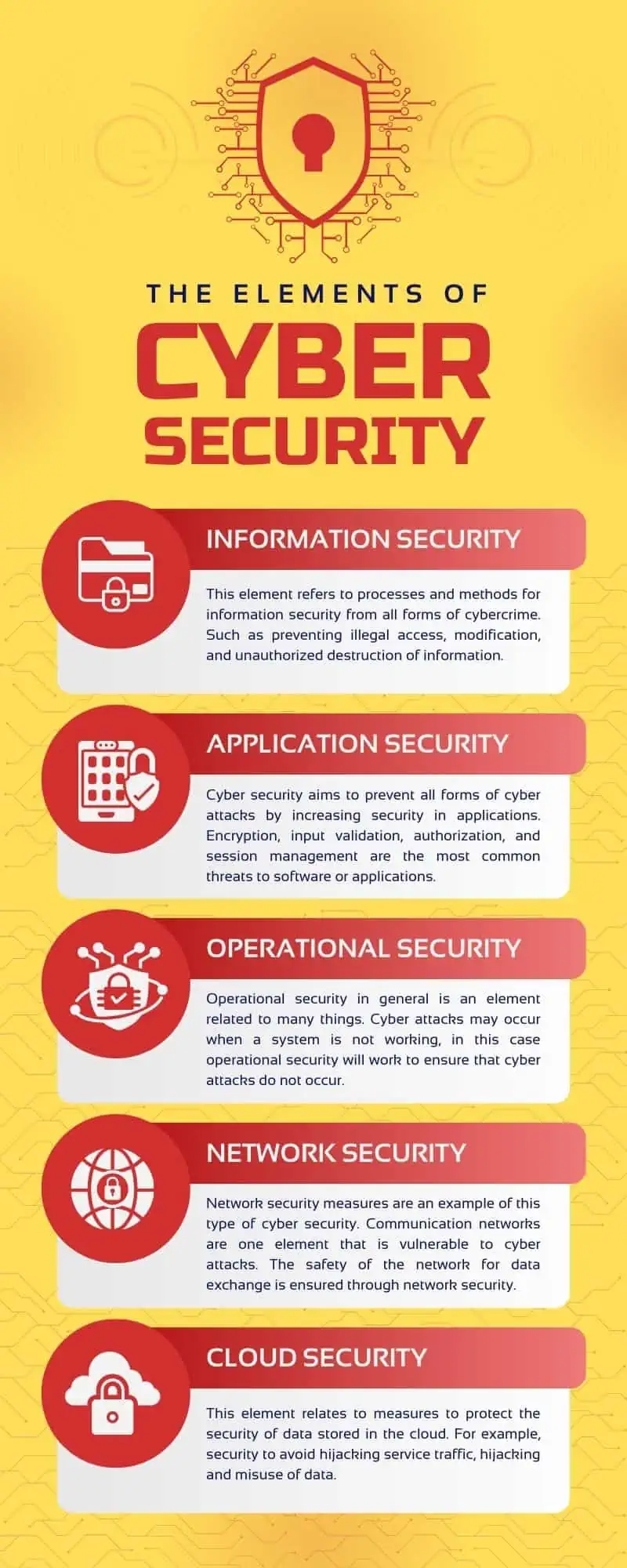
Understanding The Meaning Of PCI Compliance
PCI Compliance refers to a set of 12 requirements established for merchants to follow, ensuring the active safeguarding of their customers’ payment information. Implemented and supervised by major credit card networks like Mastercard, Visa, American Express, JCB, and Discover, the PCI or the Payment Card Industry’s Security Standards are managed through the Security Standards Council. To ascertain adherence to PCI rules and regulations set forth by the Council, businesses are encouraged to undergo a self-assessment. This evaluation helps determine if and how each requirement is being met.
Merchants are deemed PCI compliant when they effectively implement and sustain security measures—both operational and technical—to protect the data of their cardholders. This commitment ensures a robust defense of payment information and maintains the trust of customers and the standards set by the PCI Security Council.
Important Abbreviations
- ASV: Authorized/Approved Scanning Vendor
- AOC: Attestation of Compliance
- ISA: Internal Security Assessor
- PCI: Payment Card Industry
- PCI DSS: Payment Card Industry Data Security Standard
- POS: Point Of Sale
- ROC: Report on Compliance
- SSC: Security Standards Council
- SAQ: Self Assessment Questionnaire
- QSA: Qualified Security Assessor
- QIR: Qualified Integrators and Resellers
What Are Different Levels Of Compliance?
The PCI Security Standard Council, established by major credit card companies such as Mastercard, Visa, American Express, JCB, and Discover, has delineated specific compliance levels for each card brand. While Visa, MasterCard, and Discover maintain individual tables for merchant levels, they have collectively adopted the same criteria for determining these levels. If your business exclusively accepts MasterCard, Discover, and Visa, referencing the Visa tables suffices, as their merchant-level criteria align.
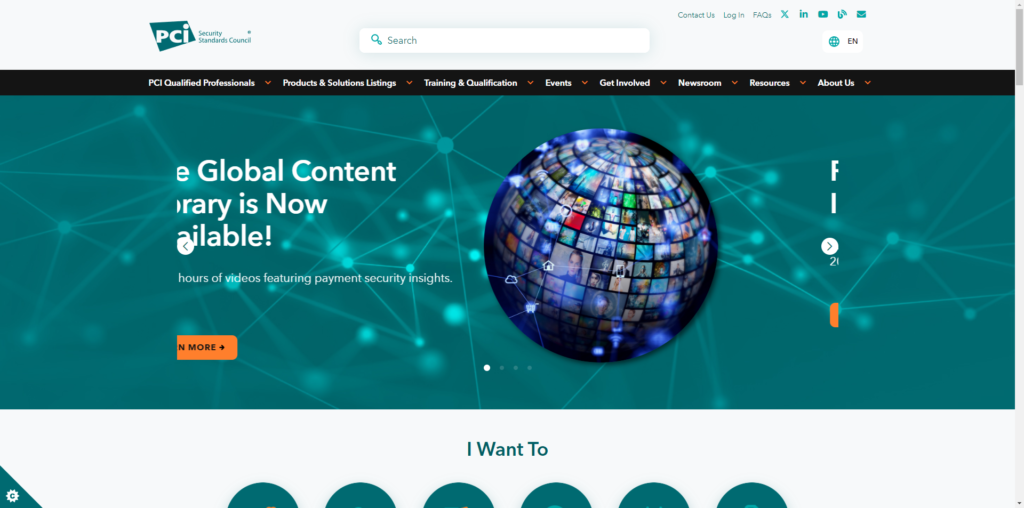
Image source: PCI Security Standards
For merchants accepting JCB and American Express alongside other card brands, there’s no need to worry. The card brands have streamlined the process. If you hold a specific merchant level for any other card brand, it applies universally across all card brands.
The classification of PCI compliance levels is based on the volume of transactions processed by merchants. Here’s a breakdown:
- Level 1: Merchants handling $6 million plus in transactions annually, either across all channels or as determined by Visa for Level 1 qualification. This level involves the highest transaction volume, demanding the most robust security measures. For level 1, A QSA is required to conduct an annual security assessment (on-site) with quarterly scans of the network performed by an ASV. AOC and yearly ROC are also necessary.
- Level 2: Merchants processing between $1-$6 million transactions annually. Yearly SAQs with quarterly scans of the network performed by an ASV is essential.
- Level 3: Merchants handling transactions ranging from $20,000 to $1 million annually, specifically within e-commerce channels, regardless of other channels. An ASV’s quarterly network scans and an annual SAQ are prerequisites. Whereas ROC and AOC may be required at the card brand’s discretion.
- Level 4: PCI DSS Level 4 is designed for merchants processing fewer than 20,000 e-commerce transactions annually, along with all other merchants—regardless of acceptance channel—handling up to 1 million Visa transactions per year. This level often includes small local businesses. Notably, unlike higher levels of PCI compliance, Level 4 merchants are exempt from audits, ROC submissions, and may not necessitate AOC forms. But you may be required QIRs for the integration, servicing, and installation of POS equipment and applications. Along with it, yearly SAQ and quarterly network scans with ASV.
It’s noteworthy that Mastercard’s PCI Levels closely mirror Visa’s, with several referencing Visa’s specifications. This means an organization could qualify as Level 2 for Mastercard based on Visa’s criteria.
Additionally, distinctions exist between Merchants and Service Providers in terms of Levels and requirements. The PCI SSC provides various reporting templates to meet the unique requirements of individual Founding Members across these categories. In all cases, the underlying principle remains consistent—the higher the volume of transactions handled by an organization, the greater the need for robust security assurance.
What Is The Purpose Of These Levels?
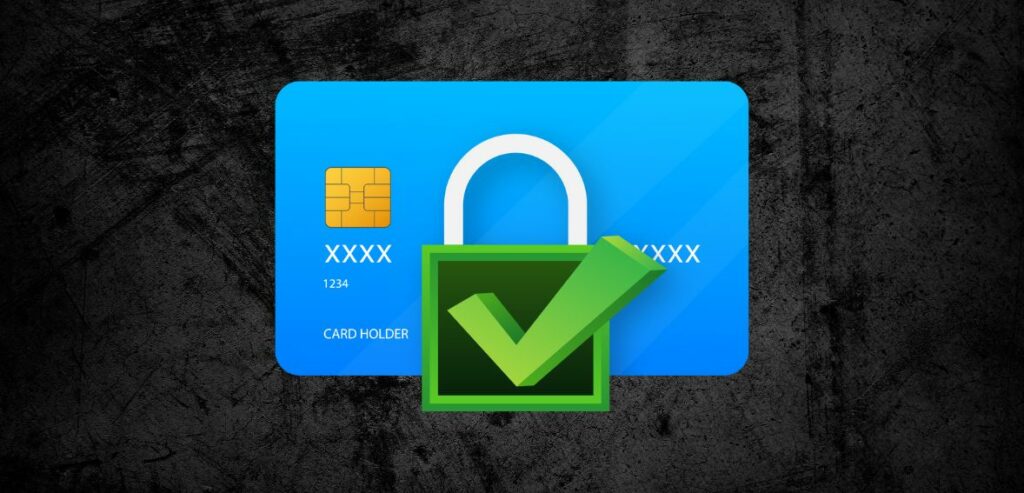
Merchant levels play a crucial role in determining the extent of assessment and security validation necessary for a merchant to successfully undergo a PCI DSS assessment and uphold PCI DSS compliance. For instance, Level 1, 2, and 3 merchants, it’s mandatory to directly report their PCI compliance status to their acquiring banks. On the other hand, Level 4 merchants should reach out to their acquiring banks to ascertain whether PCI compliance validation is required or not.
Level 1 merchants are obligated to submit an annual ROC, also referred to as an on-site assessment. This assessment can be conducted by an internally audited if endorsed by a company officer or a QSA. Additionally, Level 1 merchants are required to undergo a quarterly network scan by an approved and verified Scanning Vendor and submit an Attestation of the Compliance form. For Level 2 and 3 merchants, a quarterly external vulnerability scan by an ASV and a yearly self-assessment questionnaire is mandatory. The requirements for Level 4 merchants vary and depend on their acquirer.
What is PCI Level 1 DSS?
Level 1 PCI DSS stands as the highest tier of compliance and payment security standards that merchants can adhere to in order to securely handle credit card information—ensuring its safe transmission, processing, and storage. Given that Level 1 PCI Compliance applies to substantial businesses processing over 6 million credit card transactions annually, it comes with more stringent validation requirements.
For companies falling under other PCI merchant levels, a simple SAQ may suffice. In contrast, Level 1 security demands more, necessitating an external PCI audit that encompasses:
- A Report on Compliance conducted by a QSA or ISA
- Quarterly PCI scans performed by ASV
- A yearly penetration test to identify potential vulnerabilities
- An AOC issued by a QSA
Completing these PCI compliance forms and protocols not only aids merchants in upholding and maintaining PCI Level 1 Compliance but can also yield additional benefits.
What Exactly Does Level 1 PCI DSS Bring to Your Business?
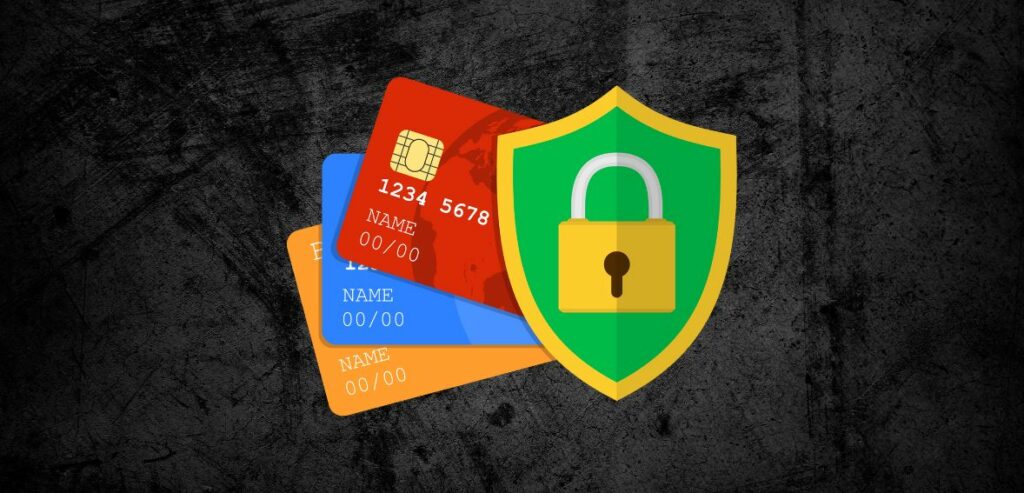
Having PCI DSS Level 1 certified goes beyond meeting industry standards; it serves as a powerful testament to your business’s needs and unwavering commitment to consumer trust and data security. This certification acts as a robust shield, protecting your business from potentially crippling non-compliance penalties and simultaneously paving the way for favorable negotiations with financial institutions.
Here’s what level 1 PCI DSS certification brings to your business:
- Avoid Costly Fines:
A Level 1 PCI DSS compliance acts as a safeguard against hefty fines stemming from potential security breaches, ensuring financial stability.
- Rigorous Security Checks:
Hosting services associated with Level 1 PCI DSS certification involve quarterly scans conducted by PCI-approved ASVs. These rigorous checks guarantee that your infrastructure remains steadfastly secure, further bolstering your commitment to data protection.
- Penetration Testing:
Having an external party conduct annual penetration testing adds an extra layer of security to assess how robust your infrastructure is.
- Proactive Issue Resolution:
Any concerns related to encoding or configuration found during ASV scans are promptly dealt with, ensuring the integrity of your systems is maintained.
- Reduced Fraud Risk:
PCI compliance significantly lowers the risk of fraud, safeguarding both your business and your customers.
- Full Compliance:
It ensures a hosting services are specifically designed to offer a Level 1 PCI DSS hosting platform that aligns with all 12 PCI requirements, eliminating any potential vulnerabilities.
- Boost Consumer Confidence:
Displaying the PCI DSS logo on your website assures online shoppers that their data is secure, boosting confidence and trust in your business.
Obtaining Level 1 PCI DSS certification isn’t just about meeting regulatory demands; it’s a strategic move that can enhance your business’s reputation and strengthen customer relationships.
Complying With Level 1 PCI DSS
Your selected payment processor typically manages all aspects of the security systems of your credit card. If the solutions integrated into your store are already certified level 1 PCI DSS compliant, a significant portion of your requirements is already met.
For Level 1 merchants, it is essential to thoroughly examine your operational environment for potential vulnerabilities. This assessment should cover various areas, including security cameras (ensuring none are directed at registers capable of recording card numbers), data storage practices, employee access to card information, and the procedures for equipment shutdown or lockup, along with a focus on encryption.
Once you’ve evaluated your environment, reach out to your payment processor and software vendor for a personalized breakdown of the steps required to achieve PCI DSS Level 1 compliance within their equipment/software framework. Given the unique nature of each large business, they can provide you with a tailored understanding of what the process entails.
What Is A Level 1 PCI Service Provider?
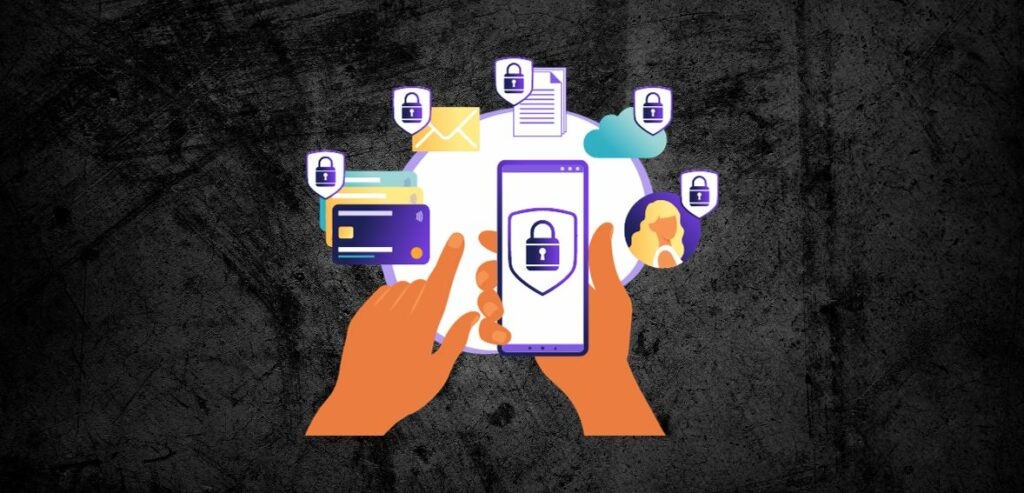
Service providers play a crucial role in processing payments or offering services like internet services to merchants and receiving banks. As a result, the criteria and validation requirements for Level 1 PCI service providers differ slightly from those for PCI Level 1 merchants:
For Level 1 PCI service providers, the criteria require service providers to handle more than $300,000 transactions in credit cards annually.
The requirements for PCI Level 1 Service Providers include:
- A yearly ROC and AOC prepared by a QSA.
- Network scans each quarter are conducted by an ASV.
- Internal Scans and Penetration Tests are also a must.
Conclusion
Achieving and maintaining PCI Level 1 compliance is a critical commitment for businesses processing substantial credit card transactions. This rigorous adherence to security standards not only protects sensitive payment data but also establishes a robust defense against potential breaches and fraud. Beyond regulatory requirements, Level 1 PCI DSS certification offers tangible benefits, including reduced fraud risk, consumer trust, and negotiation advantages with financial institutions.
By actively addressing vulnerabilities, undergoing regular assessments, and collaborating with payment processors, businesses can not only meet industry standards but also enhance their reputation and customer relationships.
Frequently Asked Questions
What is the purpose of PCI standards?
The primary objective of the PCI DSS is to safeguard cardholder data and sensitive authentication information throughout its processing, storage, or transmission.
What is the difference between Level 2 and Level 3 PCI?
In essence, PCI Level 2 compliance encompasses more sophisticated security requirements, tailor-made for those handling higher transaction volumes. Meanwhile, Level 3 is for smaller merchants engaged in fewer than 20,000 Visa e-commerce transactions or a total of 1 million Visa transactions annually.
Who needs to be PCI compliant?
The PCI DSS applies to all entities involved in the storage, processing, and/or transmission of cardholder data. It encompasses both technical and operational system components linked to cardholder data. Any merchant accepting or processing payment cards must adhere to the PCI DSS guidelines.
Who verifies PCI compliance?
Verification of PCI compliance is evidenced through a company's AOC. This formal document serves as proof that the company adheres to the requirements outlined in the PCI DSS.

